AI Foundational Strategy
Enterprise AI (e-AI) is more than data science, machine learning (ML), or large language models (LLMs). It uses knowledge Intelligence solutions to identify well-defined business problems, promote organizational context, support reliable data, harness diverse skill sets, and create an explainable solution. EK has the expertise to help you define strategy and build a foundation for your AI journey.
AI Operational Acceleration and Delivery
With expertise anchored in knowledge, information, and data management standards, EK provides expert services for any stage of the knowledge intelligence maturity spectrum. We are product-agnostic and help organizations at any level to kickstart or advance their AI journey with the right solutions that will help to speed your transformation.
Enterprise AI Transformation Lifecycle
EK has 10 years experience supporting clients through their AI journey, providing end-to-end services, including strategy, design, implementation, and ongoing support. We offer the capabilities to accelerate AI transformation and establish organizational centers of excellence at enterprise scale.
What We Do
Enterprise Artificial Intelligence (e-AI), integrates institutional knowledge and business context to enhance machine capabilities that discover and deliver organizational expertise, data, and information in a way that closely aligns with how humans look for and process information.
At EK, we leverage standards-backed KM and data management frameworks to help organizations achieve knowledge intelligence by improving AI literacy, minimizing barriers to entry, facilitating adoption, and providing a repeatable framework that ensures solutions expand and evolve with your needs. Capabilities we offer include:
- AI-Augmented tacit knowledge extraction: Reusable AI models and frameworks harnessed to reduce the human burden of knowledge capture and content cleanup.
- Knowledge modeling for AI through the Semantic Layer: A well designed semantic layer connects all types of assets across systems and lifecycles to deliver a unified view of organizational intelligence.
- Content and data readiness framework for AI: Our tested proprietary benchmark and content quality framework was designed and hardened over 20 years of experiences in knowledge and data management. This helps organizations determine AI readiness and creates a guide for ongoing AI adoption and refinement.
- Analytic and predictive semantic AI program development: Our expertise with implementing analytical graph solutions connect data, processes and organizational knowledge to scale pattern discovery and predict answers to questions that support critical business needs.
With These Capabilities Your Organization Will Be Able To…
- Understand organizational AI maturity: Take steps to evolve in a tailored, secure, and tested approach to develop advanced capabilities.
- Minimize the barrier to entry: Explore AI in a responsible manner, with the right solutions for your business needs and maturity level.
- Develop AI literacy: Enable all users, regardless of technical acumen, to understand the basic components of AI, the required resources, and skill sets in order to leverage AI safely and ethically, while supporting change management and governance expansion across the organization.
- Augment your capacity to solve business problems: Maximize the use and reuse of your internal knowledge, data, and content through AI capabilities in order to enhance customer experience and retention, improve existing processes and products, drive employee engagement, and fuel innovation.
What Do Our Engagements Look Like?
EK’s approach involves activities that focus on AI readiness and successful, long term implementations. Taking a phased approach, the following examples illustrate how we engage with clients based on where they are on the AI maturity spectrum.
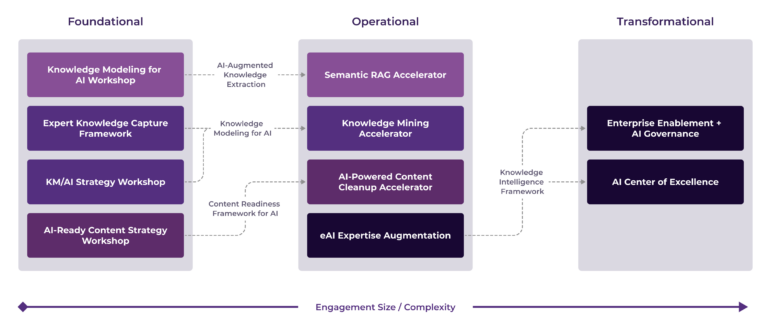
These activities can include: Corporate Training & Upskilling, Design Workshopping, Milestone-Based Projects, Embedded Expertise & Augmentation, Advisory & Ongoing Support, and Tool Selection & Evaluation.
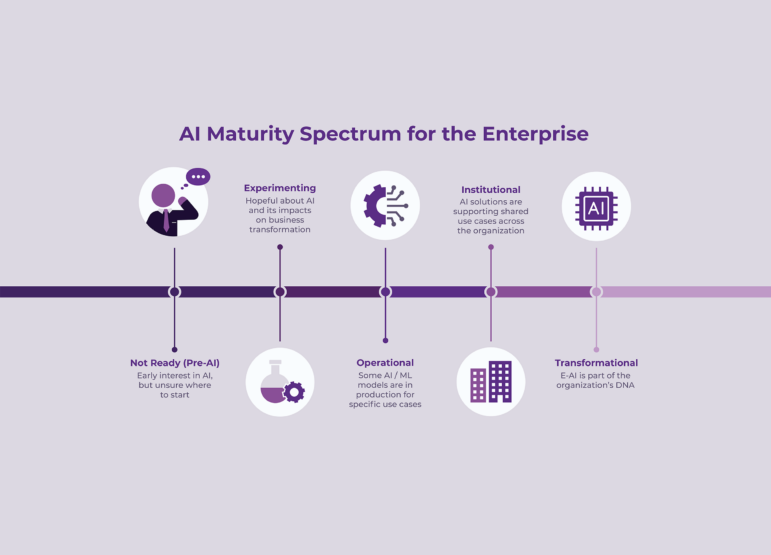
AI Readiness Assessment, Benchmarking & Strategy
EK’s proprietary AI Maturity Benchmark helps our clients discover where they stand, and we work with them to build a customized strategy and roadmap for reaching their goals. Our proven framework allows any organization to understand their level of AI literacy and create a strategy for operationalizing AI at scale.
For more information, check out our AI Readiness Assessment, Benchmarking & Strategy page, or Contact us today.
Tool Selection & Solutions Framework Development
Selecting the right tooling and architecture for your organization’s AI initiatives can be a daunting task. EK applies our vast, industry agnostic understanding of the AI tech landscape to support tool investigations, architectural design integration, and successful product deployment at scale for each client using our proprietary tool investigation framework.
For more information, check out our Tool Selection & Solutions Framework Development page, or Contact us today.
Initiative-Specific AI Model Starter-Kit
Each organization has unique needs and pain points they are trying to solve when embarking on their AI journey. Based on experience with over 30 client engagements, EK built a starter-kit that streamlines the discovery and implementation of AI-based solutions and can be personalized for any organization in any industry for their unique needs and use cases.
For more information, check out our Initiative-Specific AI Model Starter-Kit page, or Contact us today.
Enterprise LLM Accelerator
Safe and effective implementation of LLM based AI technologies can be challenging for some organizations. We offer an LLM accelerator or pilot program that makes it easier for clients to select the best model for their organization and security requirements.
For more information, check out our Enterprise LLM Accelerator page, or Contact us today.
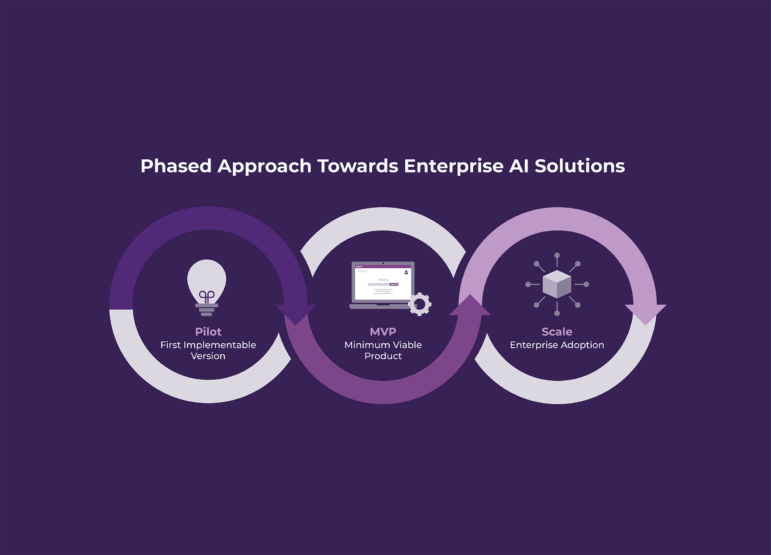
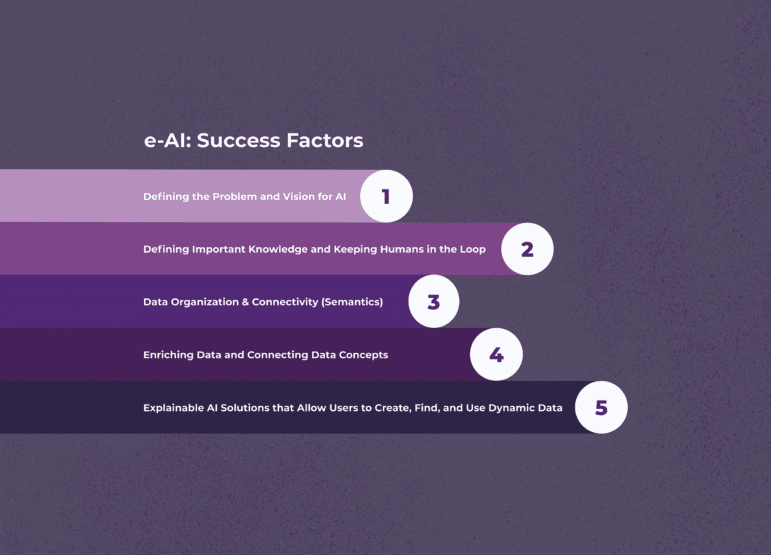
Expertise Augmentation for Full Lifecycle AI/ML Operations
As organizations grow and move through the stages of AI maturity, resourcing AI initiatives with the right skill set can be challenging and take time to either hire or grow staff from within the organization. Our staff augmentation services fill gaps in AI engineer skill set availability, upskill internal technical staff, and provide advisory services to accelerate the client’s journey toward successful AI strategy implementation.
For more information, check out our Expertise Augmentation for Full Lifecycle AI/ML Operations page, or Contact us today.
AI Model Quality Assessment & Governance Framework
Scaling and maintaining the health of AI product implementations are significant challenges for achieving successful, long term growth. EK’s unique framework for assessing AI model quality and performance over time helps clients to scale, monitor performance, and evolve AI based solutions throughout the product lifecycle.
For more information, check out our AI Model Quality Assessment & Governance Framework page, or Contact us today.
Case Studies
Numerous successes in the AI space speaks to our expertise and demonstrates the value of our approach to establishing AI solutions. Many case studies highlight our knowledge intelligence work with organizations of a variety of sizes and industries. Find out more about how our clients are investing in and benefiting from our services to successfully launch AI solutions for their organization.
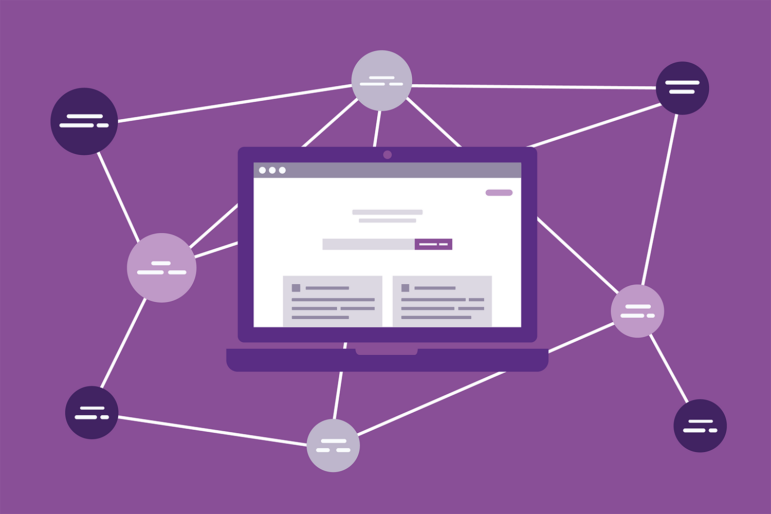
Automated Mitigation Recommendations for Risk in Public Safety
A government agency in charge of regulating occupational safety engaged EK to build a recommender system proof-of-concept (POC) that could infer potential workplace accidents based on various features of work sites. Learn More!
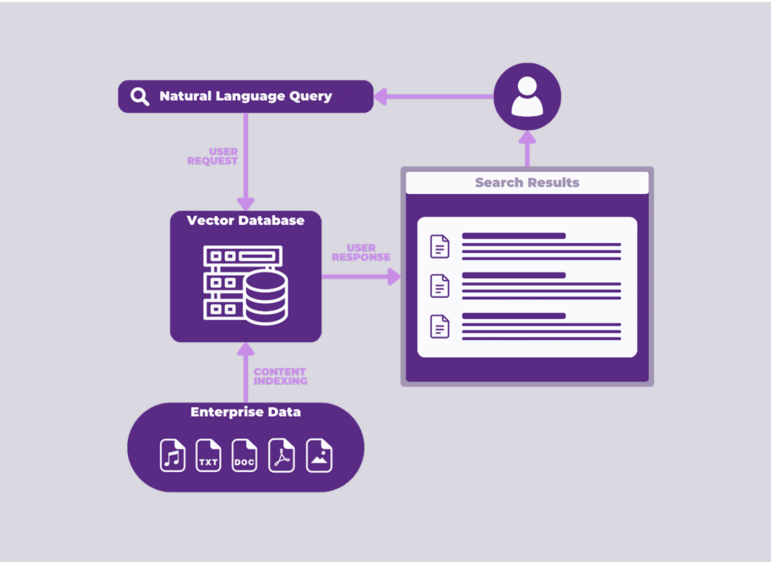
Secure LLM Powering Natural Language Search for a Multinational Development Bank
A global development bank partnered with EK to help them more effectively find and reuse their content assets, created by SMEs across multiple domains in four different languages, using natural language search. Learn More!
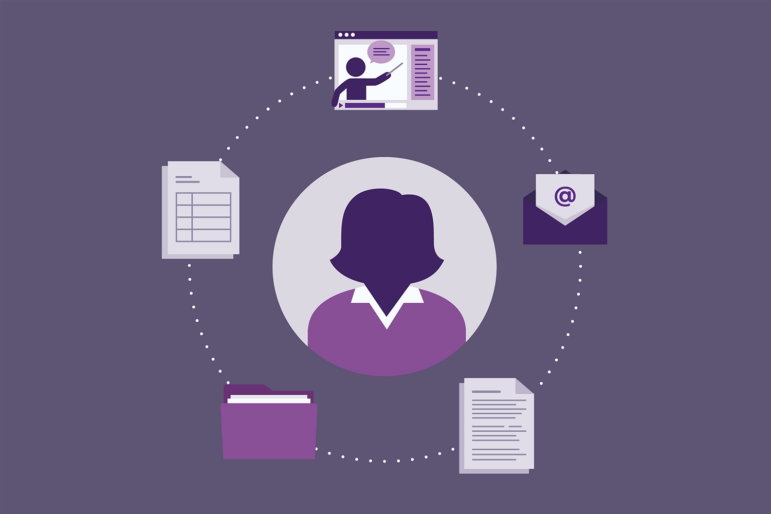
Recommendation Engine Automatically Connecting Learning Content and Product Data
An international biotechnology company engaged EK to enrich their search experience, connecting their product data and educational content and implementing a recommender engine. Learn More!
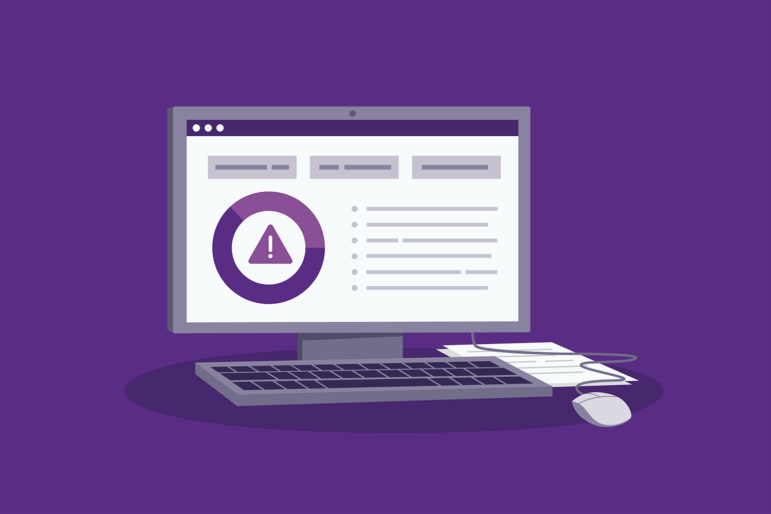
Analytical Graph-based Semantic Layer to Enable Risk Management
A multinational bank partnered with EK to enable their risk-assessing processes by using semantics and connected data. Learn More!
Contact us today or take a deeper dive into our Knowledge Base & Case Studies to learn more about how our clients are investing in e-AI and transforming their people, processes, technology, data, knowledge, and information to ultimately achieve their organizational purpose and strategic vision.
"*" indicates required fields
